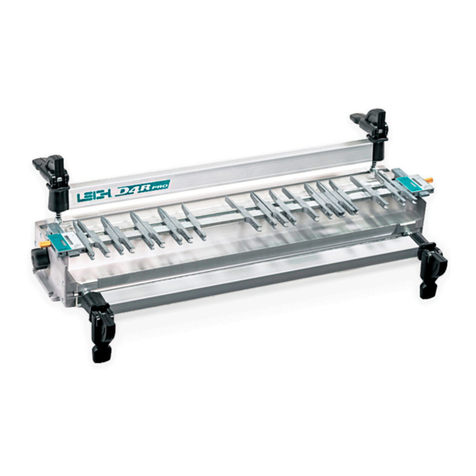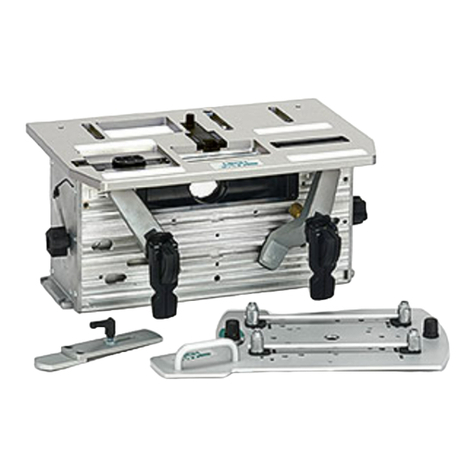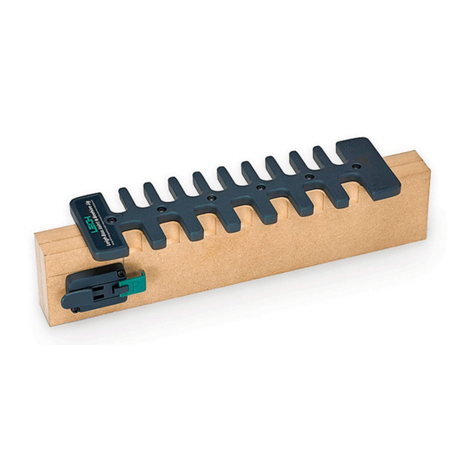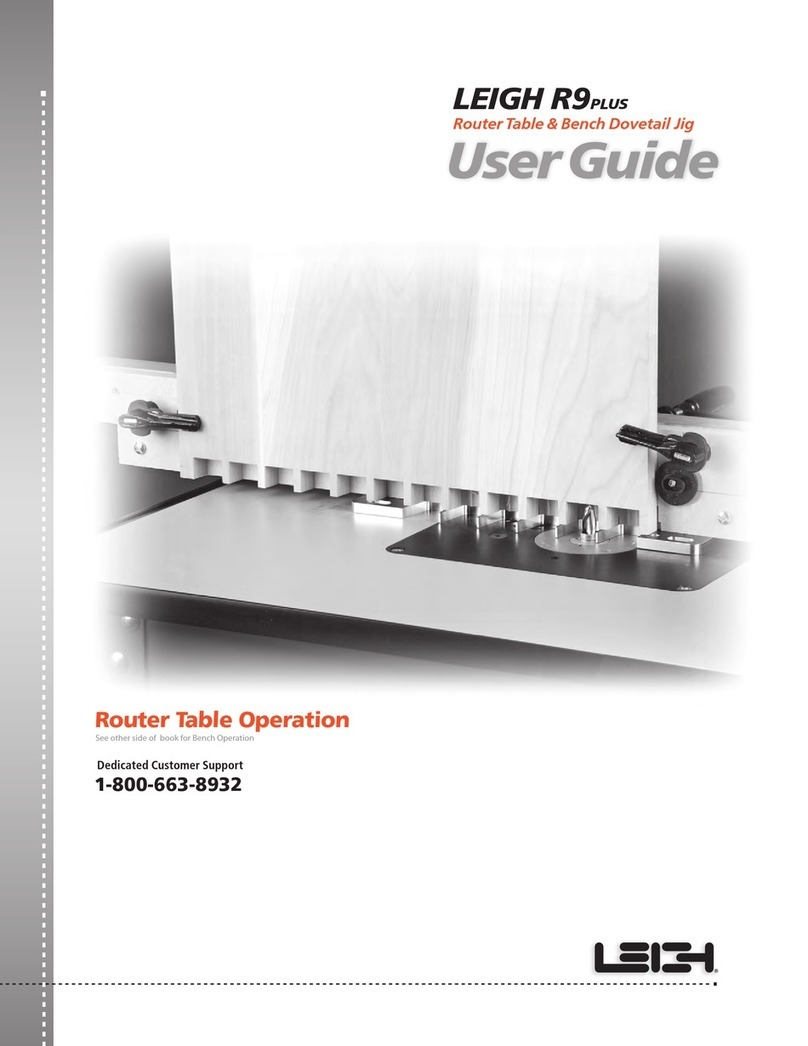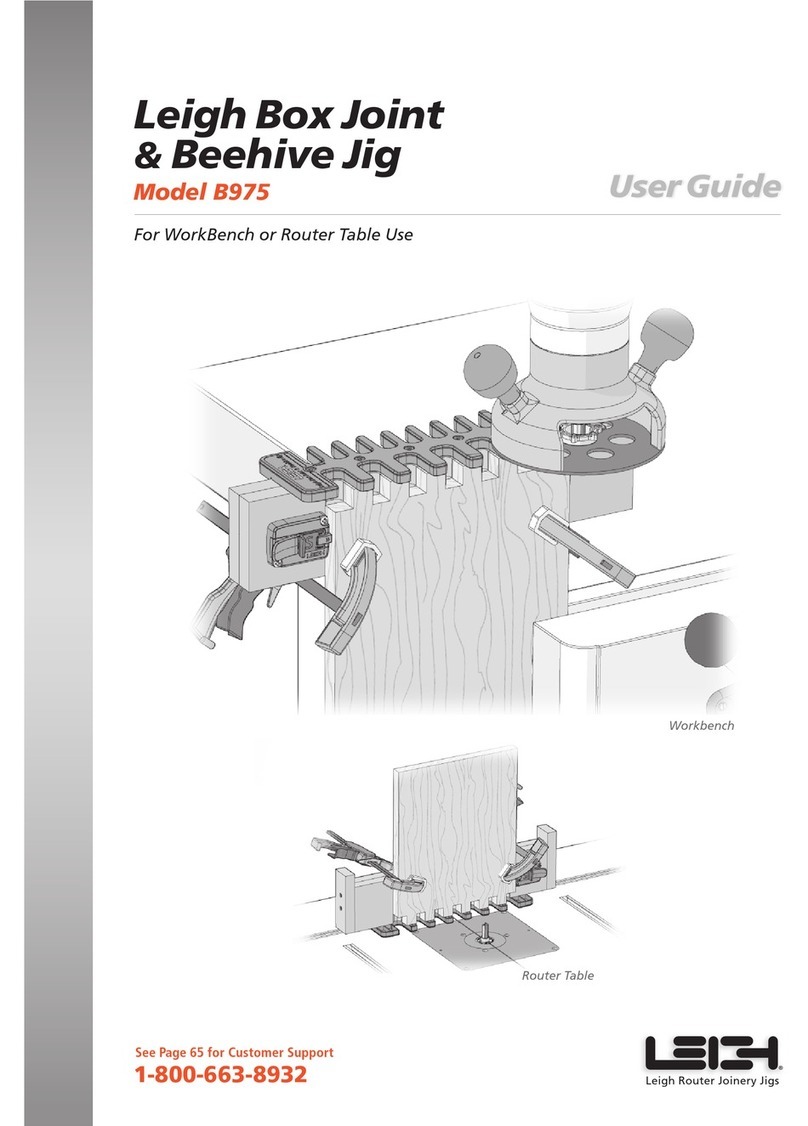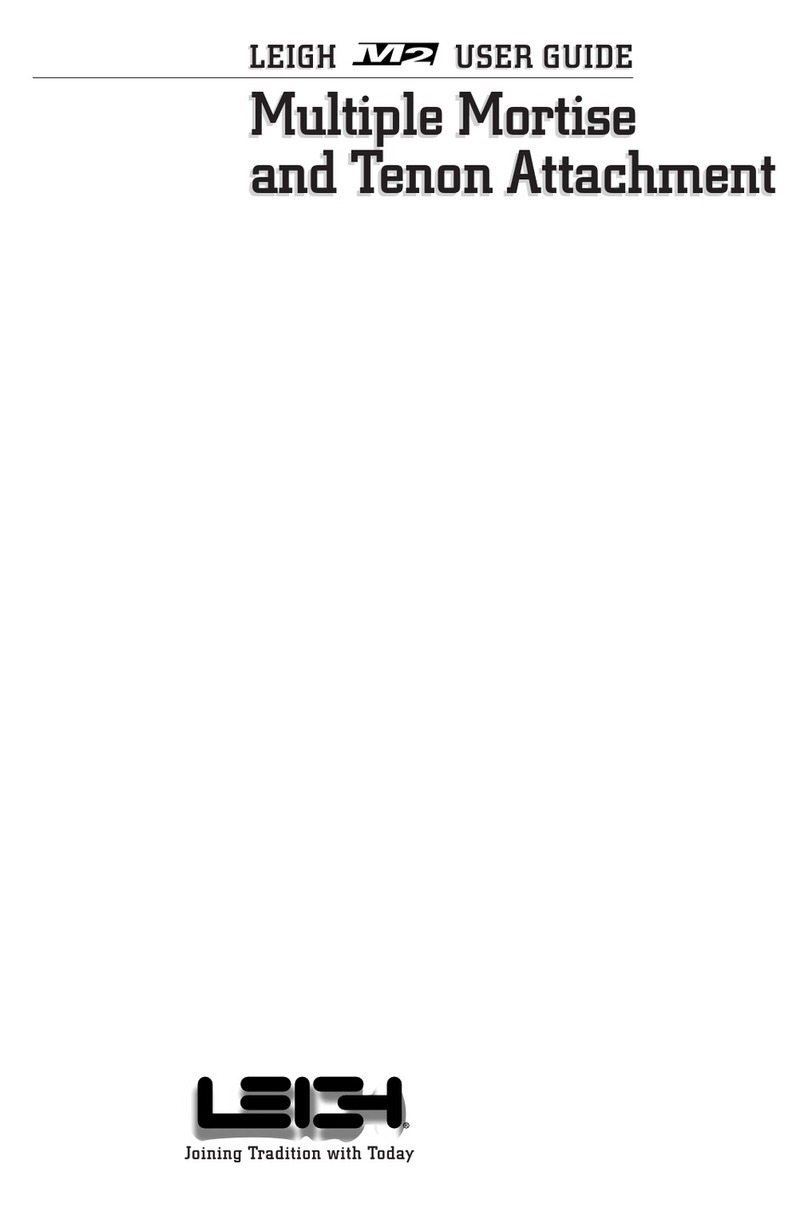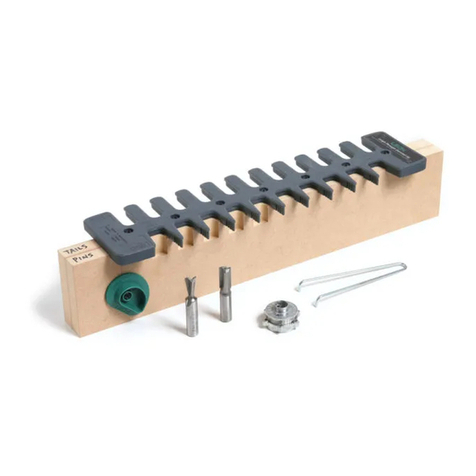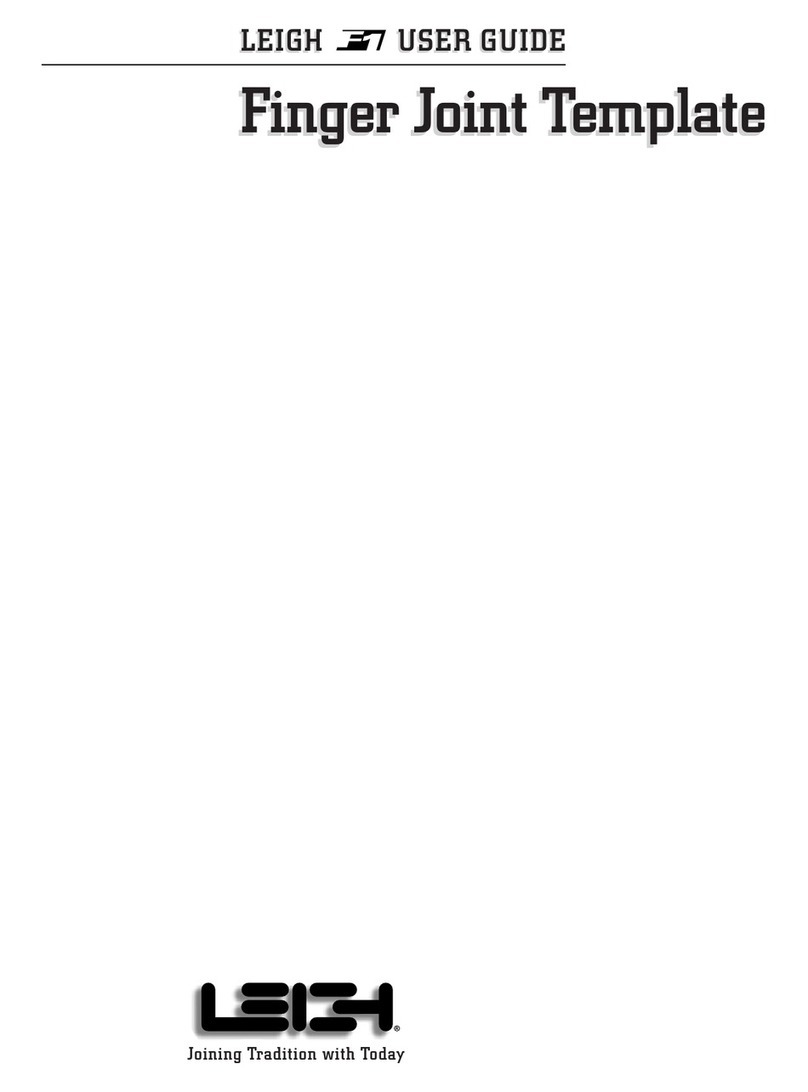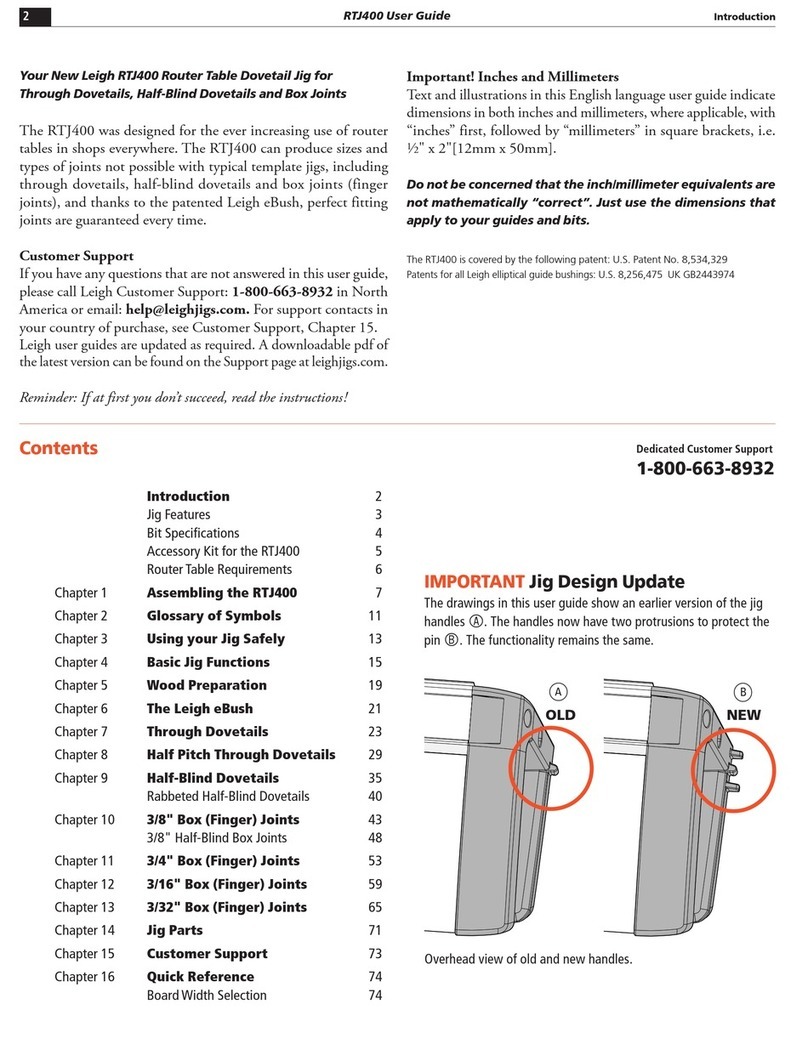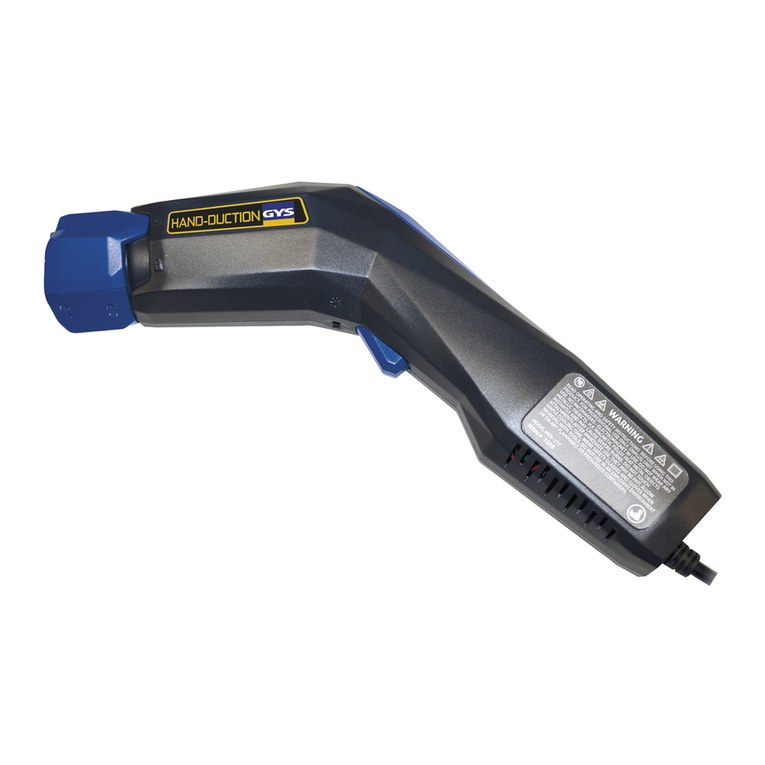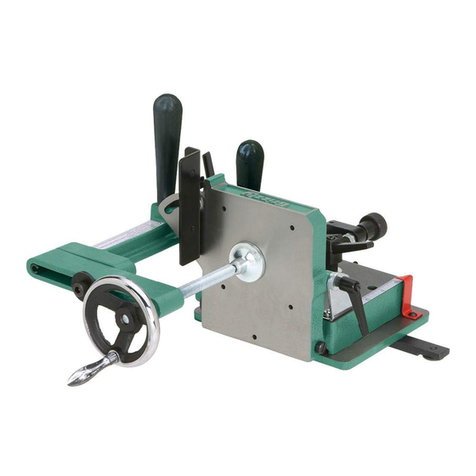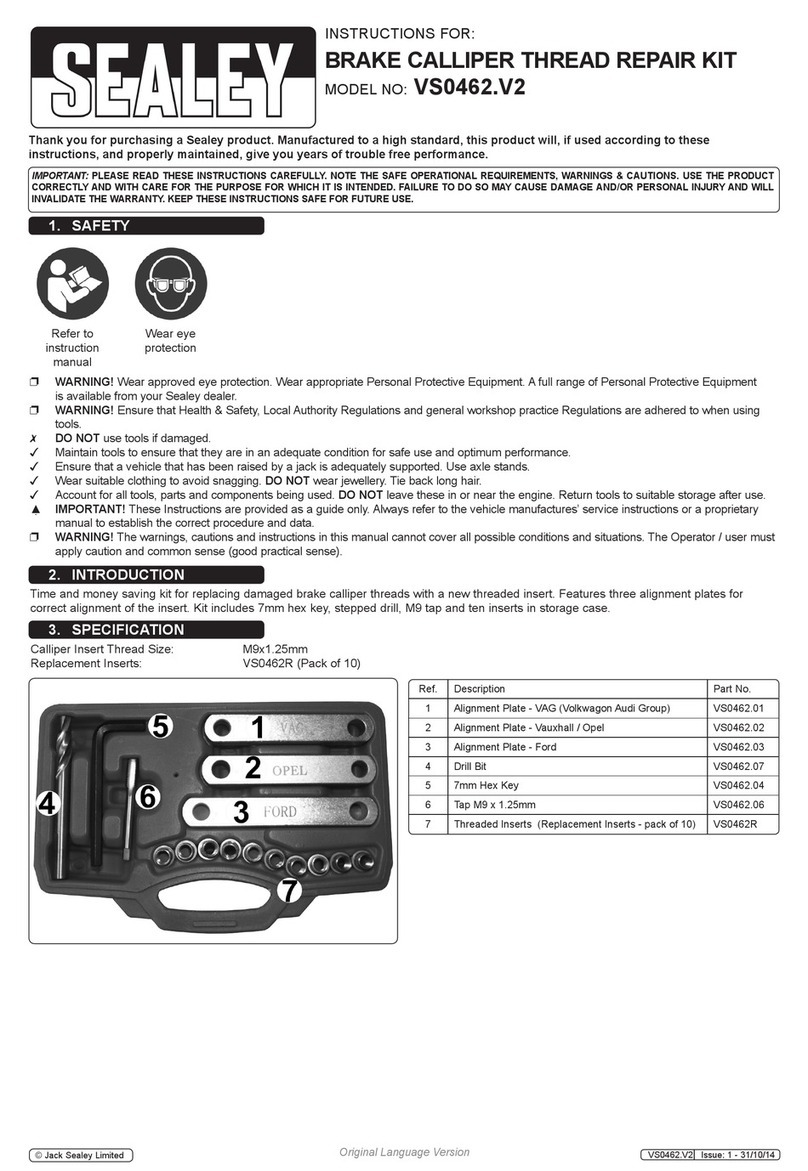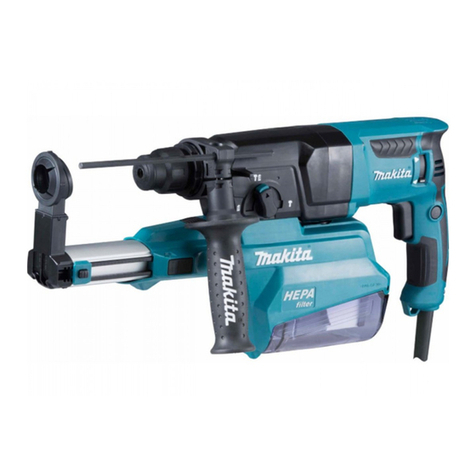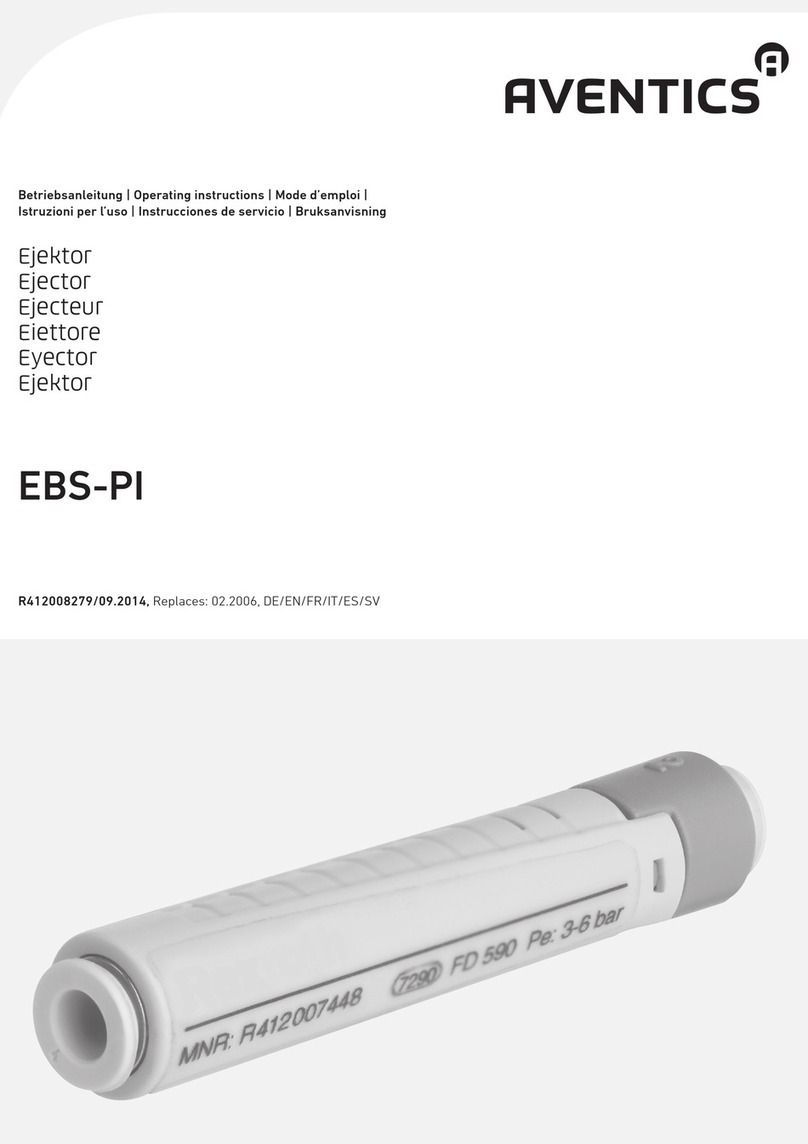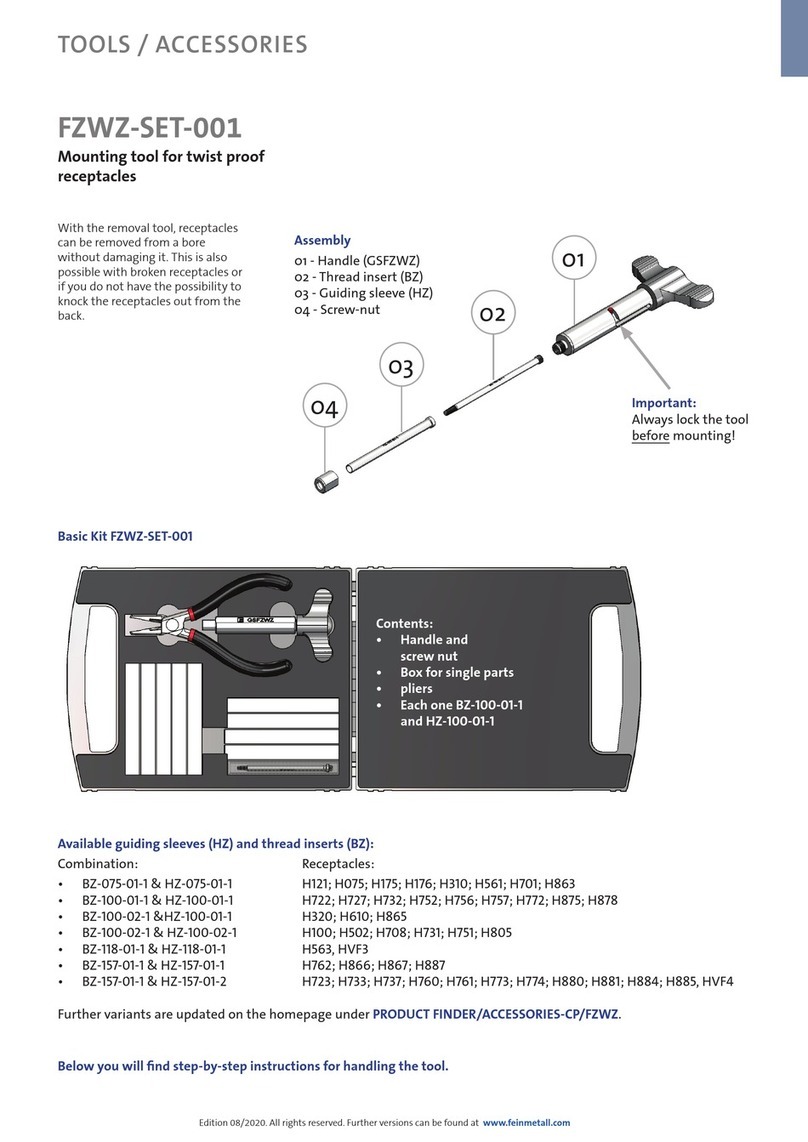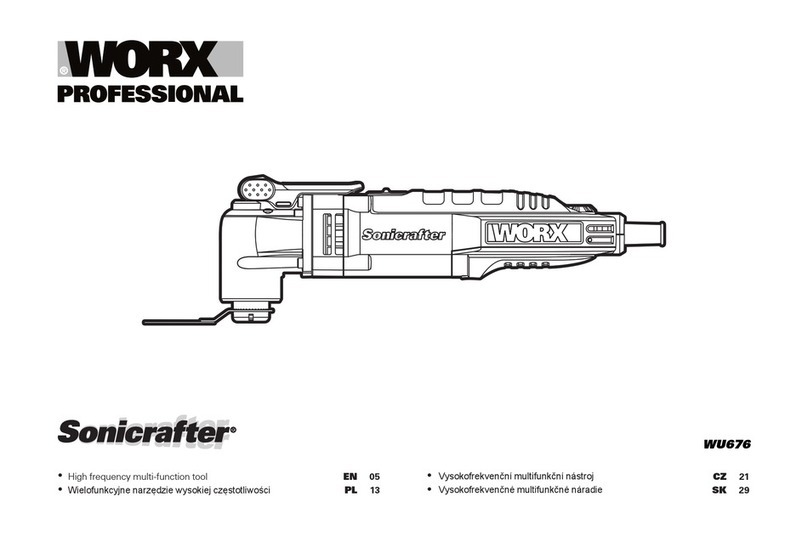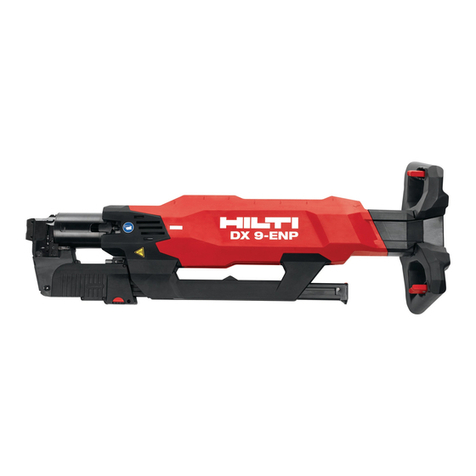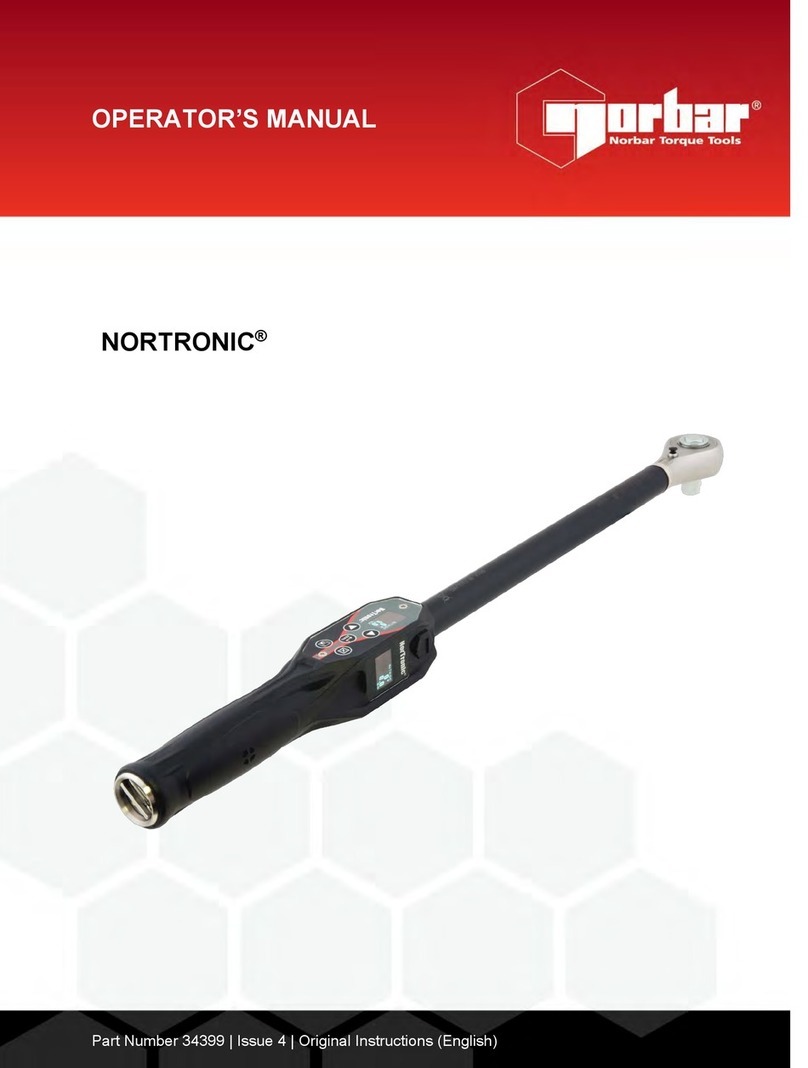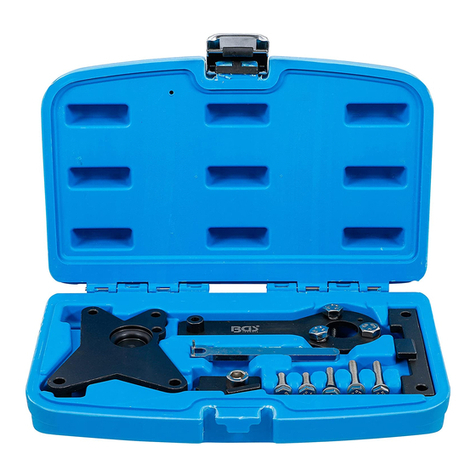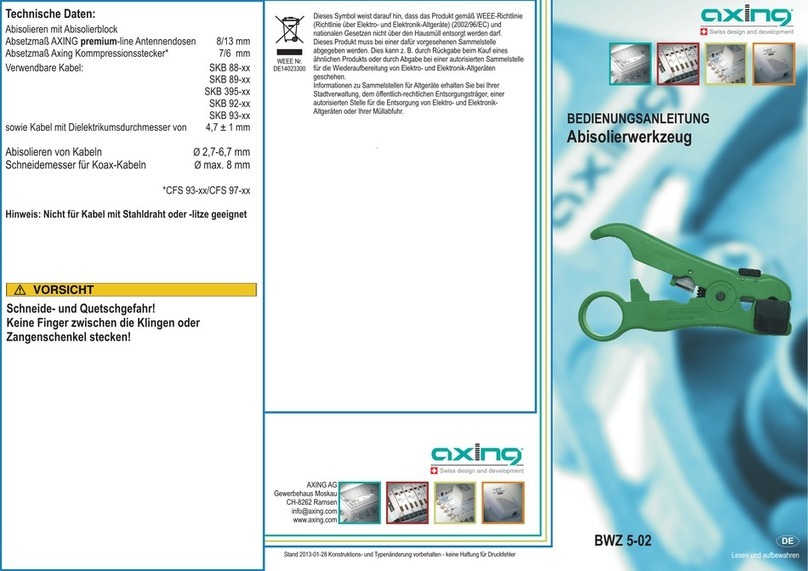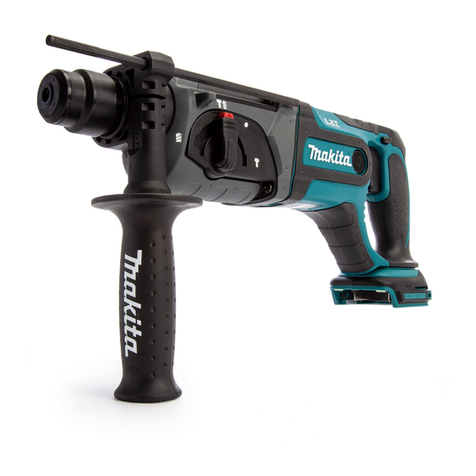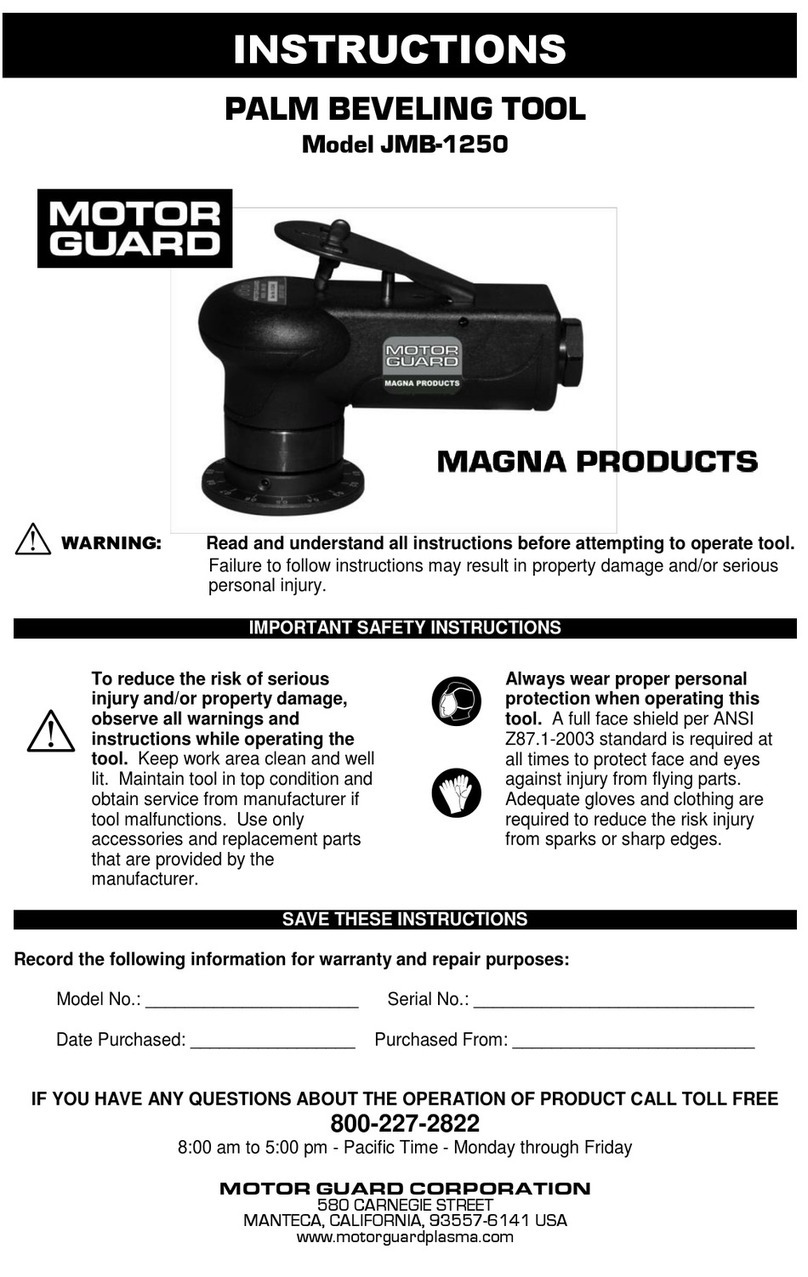
22
RTJ400 User Guide
Introduction
Dedicated Customer Support
1-800-663-8932
Your New Leigh RTJ400 Router Table Dovetail Jig for
Through Dovetails, Half-Blind Dovetails and Box Joints
The RTJ400 was designed for the ever increasing use of router
tables in shops everywhere. The RTJ400 can produce sizes and
types of joints not possible with typical template jigs, including
through dovetails, half-blind dovetails and box joints (finger
joints), and thanks to the patented Leigh eBush, perfect fitting
joints are guaranteed every time.
Customer Support
If you have any questions that are not answered in this user guide,
please call Leigh Customer Support: 1-800-663-8932 in North
your country of purchase, see Customer Support, Chapter 15.
Reminder: If at first you don’t succeed, read the instructions!
Important! Inches and Millimeters
Text and illustrations in this English language user guide indicate
dimensions in both inches and millimeters, where applicable, with
“inches” first, followed by “millimeters” in square brackets, i.e.
1⁄2" x 2"[12mm x 50mm].
Do not be concerned that the inch/millimeter equivalents are
not mathematically “correct”. Just use the dimensions that
apply to your guides and bits.
The RTJ400 is covered by the following patent: U.S. Patent No. 8,534,329
Patents for all Leigh elliptical guide bushings: U.S. 8,256,475 UK GB2443974
Contents
Introduction 2
Jig Features 3
Bit Specifications 4
Accessory Kit for the RTJ400 5
Router Table Requirements 6
Chapter 1 Assembling the RTJ400 7
Chapter 2 Glossary of Symbols 11
Chapter 3 Using your Jig Safely 13
Chapter 4 Basic Jig Functions 15
Chapter 5 Wood Preparation 19
Chapter 6 The Leigh eBush 21
Chapter 7 Through Dovetails 23
Chapter 8 Half Pitch Through Dovetails 29
Chapter 9 Half-Blind Dovetails 35
Rabbeted Half-Blind Dovetails 40
Chapter 10 3/8" Box (Finger) Joints 43
3/8" Half-Blind Box Joints 48
Chapter 11 3/4" Box (Finger) Joints 53
Chapter 12 3/16" Box (Finger) Joints 59
Chapter 13 3/32" Box (Finger) Joints 65
Chapter 14 Jig Parts 71
Chapter 15 Customer Support 73
Chapter 16 Quick Reference 74
Board Width Selection 74
